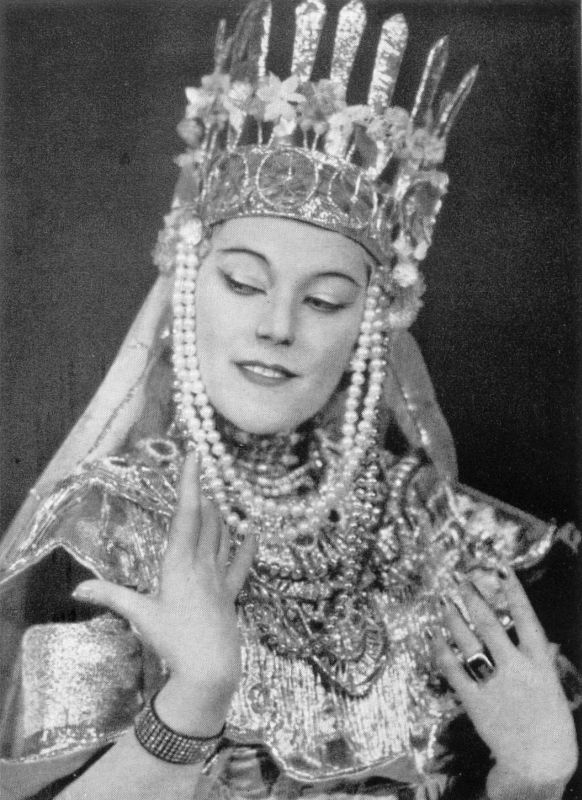
Károly Escher exhibition in Szekszárd
An exhibition covering the oeuvre of cameraman and photo artist Károly Escher was opened on November 7, 2015 in the House of Arts in Szekszárd. The exhibition gives glimpses of the colorful oeuvre of Echer, from genres via events of public life to the world of the theater and dance. More than eighty photos (portraits, genres, photos of public events and the world of theater) can be seen until January 3, 2016. Curator of the exhibition is Katalin Csillag, Head of the Slide Film and Photo Collection of National Széchényi Library.
Before the current Károly Escher exhibition, there was a special exhibition on the oeuvre of Escher in the Hungarian National Gallery back in 1965, and in 2010, exhibitions were organized at three different venues in Budapest, in order to celebrate the 120th anniversary of Károly Escher’s birth.
Károlyn Escher (1890-1966) was born in Szekszárd, Southern Hungary. Since 1916, he has worked as a cameraman, and in 1928 he became the photographer of the Photo Supplement to the journal Pesti Napló (Diary of Pest). It was at this journal that he grew into a press photographer making memorable photo reports. In 1939, after Pesti Napló was no longer published, Escher started working for Híd (Bridge) and Film, Színház, Irodalom (Film, Theater, Literature) as a photographer. After 1945, he became the photographer of Képes Figyelő (Picture Monitor).
During his more than three decades of work, Escher developed from a simple press photographer into a photo artist who worked at a high artistic level and had a special individual style. His photograph entitled the Miraculous Mandarin became an iconic piece of the history of Hungarian photography. This photo is exhibited now and was lent, together with other photographs, by the Gadányi Collection.
 Escher made especially remarkable artistic creations in the world of the theater and dance. His photographs taken of Hungarian actress Gizi Bajor were published in an independent volume in 1958. At the exhibition, you can also have a look at Escher’s photos taken of Andor Ajtay, Kálmán Latabár, Lili Muráti, Gizi Bajor, Zita Szeleczky and others. Especially interesting are these actor and actress portraits since period stars are shown in an absolutely everyday milieu such as in the kitchen, on the beach or during cleaning the house.
Escher made especially remarkable artistic creations in the world of the theater and dance. His photographs taken of Hungarian actress Gizi Bajor were published in an independent volume in 1958. At the exhibition, you can also have a look at Escher’s photos taken of Andor Ajtay, Kálmán Latabár, Lili Muráti, Gizi Bajor, Zita Szeleczky and others. Especially interesting are these actor and actress portraits since period stars are shown in an absolutely everyday milieu such as in the kitchen, on the beach or during cleaning the house.
At the same time, Escher was one of the best Hungarian socio-photographers, his most noteworthy pieces being those taken at night shelters. You can also have a look at the series presenting the maid promenade in Budapest, socio-photos taken at the gypsy line in Hatvan and the selection of Pesti Hírlap cover photos.
Károly Escher managed to preserve his independence as a photographer even amid the political turmoil of the 20th century. It was due to this that a great number of his important photos taken of various celebrities of public life have survived. He was capable of making an objective portrait of Mihály Károlyi, Árpád Szakasits or Mátyás Rákosi.
The cameraman/photographer was more than 60 years old when he sold the major part of his oeuvre to National Széchényi Library in May 1956. From the chemical point of view, Escher’s shots had been taken on a non-lasting nitrocellulose substrate. That is why saving his bequest is a top priority, and specialists of NSZL have been working on it. An equally important project is to process and put into a systematic order the already saved items.
More than eighty photos can be seen at the exhibition until January 3, 2016.





